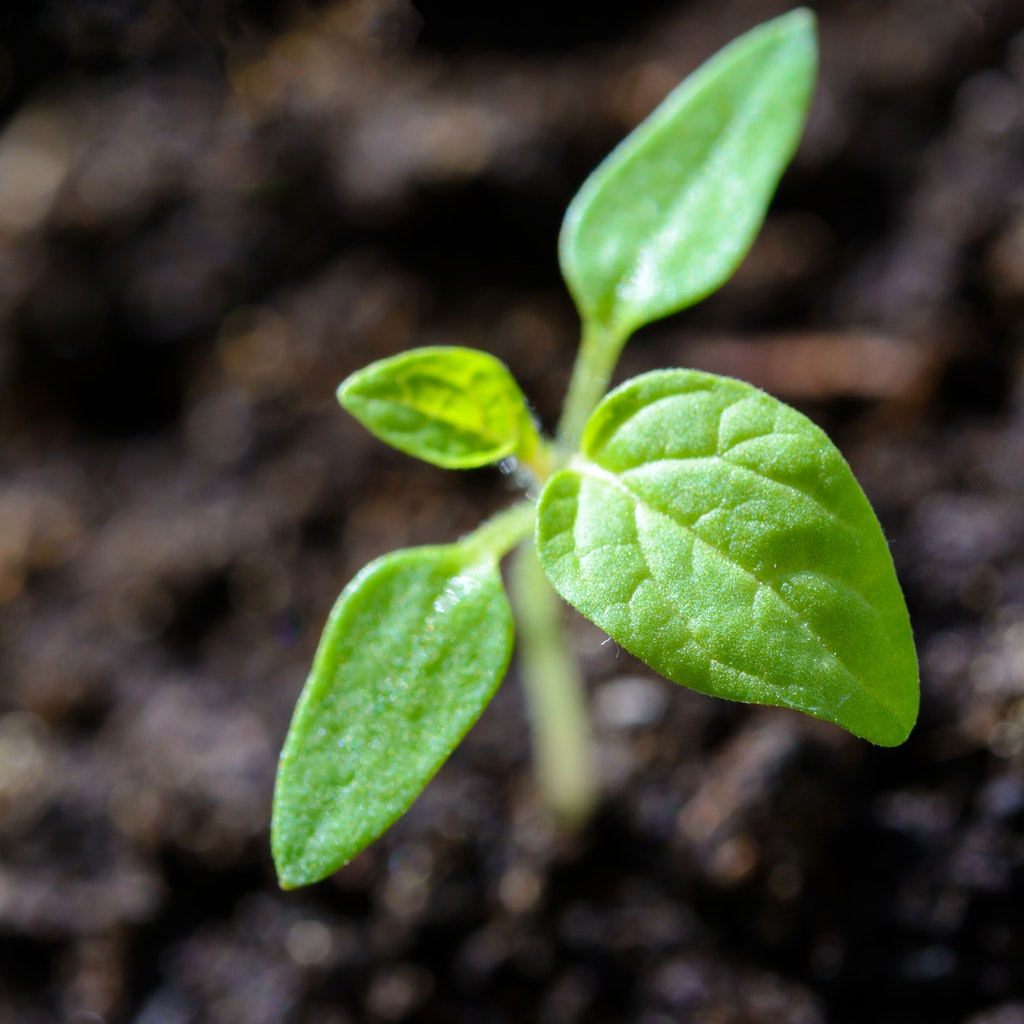

Energy production from biomass, such as biogas production, provides a renewable alternative to fossil fuels, considering the huge amount of organic residues, such as agro-industrial residues, food wastes, organic fraction of municipal solid wastes and animal wastes produced in Australia.
Bioenergy from Biomass is one of the core research areas rat RMIT focusing on technology development and impact assessment. The areas of interest are classified under
Project – Chicken Litter to ELectricity
Chicken farms generate large quantities of chicken litter. In Victoria, around 0.45 million tonne of chicken litter (CL) are generated per year. Currently these wastes are mainly used a fertiliser.
The varying characteristics and complex structure of CL have limited its use as a resource for bioenergy production. The CL generated from broiler farms is a mixture of manure and bedding materials e.g. wood shavings, rice hulls and straw, hence the materials of lignocellulosic origin represents around 30% of the CL. In addition, CL has high level of proteins and nitrogen which biodegrade anaerobically producing ammonia and volatile acids, both of which can be inhibitory to anaerobic microorganisms under certain operation conditions. An effective mechanism to overcome ammonia is the co-digestion of CL with substrates rich in carbon. In addition, this project developed a high-solids AD technology to enhance the economic feasibility of the on farm AD plant.